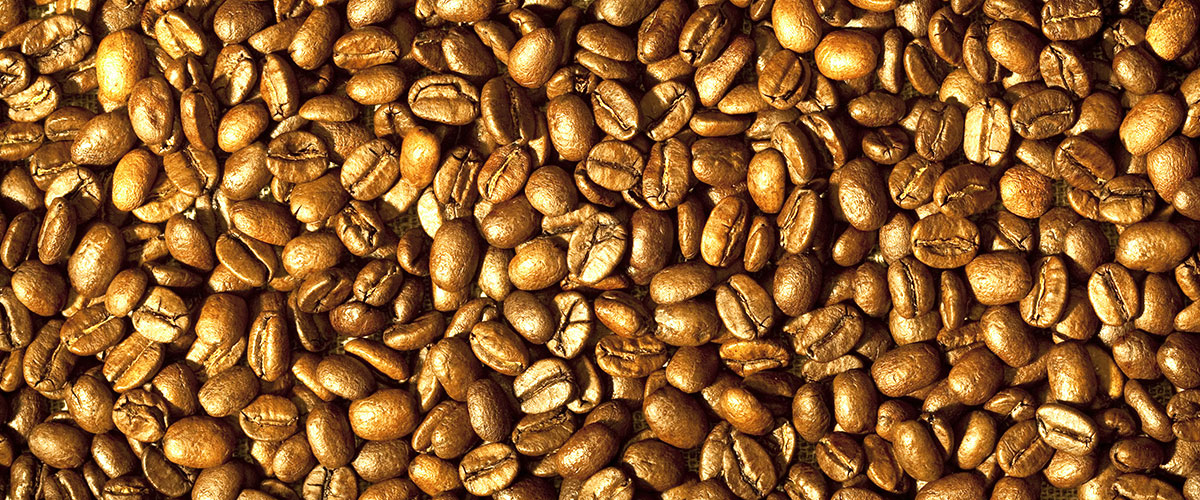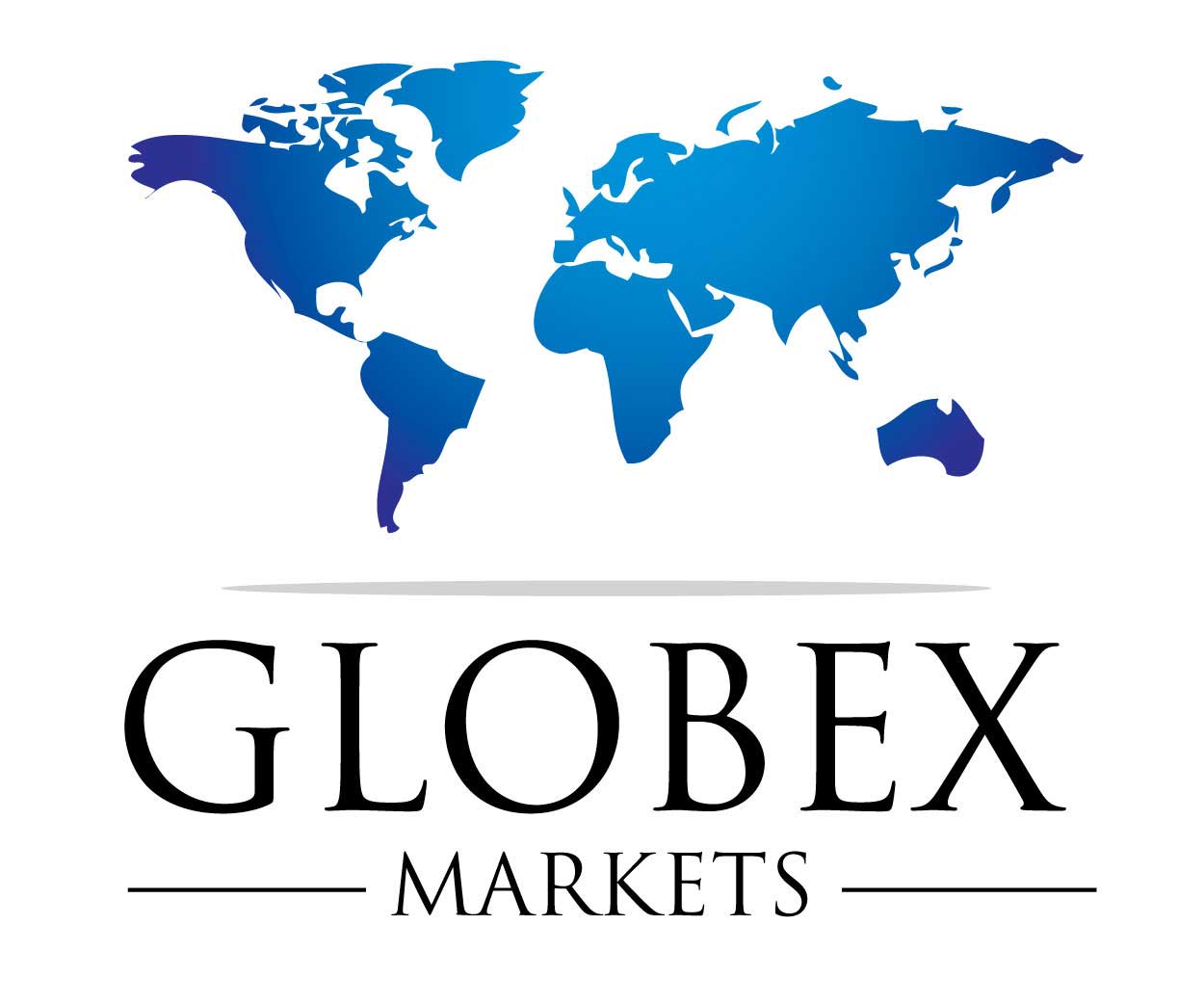Commodities

What is a Commodity
A commodity is a basic good, raw material or primary agricultural product that can be consumed or used in commerce. Commodities are often split into two broad categories, which are hard commodities and soft commodities.
Hard commodities include natural resources that are mined or extracted, such as gold, coal or oil. Soft commodities include agricultural or meat products that are grown or farmed, such as coffee, wheat or pork.
Types of Commodities
Commodity products that are traded are commonly divided into four groups, which are energy, metals, agricultural and meats.
Energy
Energy commodities include crude oil, heating oil, natural gas and coal. While these examples are all classified as non-renewable energy resources, energy commodities that trade can also be renewable energy resources.
Global economic developments and reduced oil outputs from established oil wells around the world have historically led to rising oil prices, as demand for energy-related products has gone up while oil supplies have fallen.
There are several long-term trends that could create trading opportunities in energy commodities over the next 20 years. These trends are:
- Emerging Market Growth – Global energy usage is expected to increase by almost 30% over the next two decades
- Energy Efficiency – More efficient natural gas-fired power plants, smart grid technology and fuel-efficient cars through developed economies in North America and Europe
- Population Growth – By 2040, the global population is expected to exceed 9 billion and a growing world population will create new competition for energy resources
- Electricity Penetration – Nearly 1.3 billion people globally have no access to electricity, including about one-quarter of the population of India and over the next two decades, India and other emerging countries will build out power grid infrastructures as their economies mature
- Industrialization in Developing Countries – Industrial demand could exceed 70% by 2040 with most of the demand coming from developing countries that need more factories to supply metals, machines and manufactured goods
Metals
Metal commodities include base metals, such as copper, aluminum or iron as well as precious metals, such as gold, silver and platinum. In periods of economic growth and expansion, there is an increase in demand for base metals that are used to build new factories and the general infrastructure.
During periods of market volatility or bear markets, investments in precious metals, particularly gold, have increased because of their status as a reliable metal with real, transferable value. Precious metals can also be used as a hedge against periods of high inflation or currency devaluation.
There are several long-term trends that could create trading opportunities in metal commodities over the next 20 years. These trends are:
- Chinese Demand – China still requires massive infrastructure to industrialize and urbanize its economy and as China builds this infrastructure, all metals will play a key role
- Technological Innovation – Many mining companies cannot extract and process minerals profitably but automated excavation equipment, electric vehicles, x-ray diffraction and sensor-based sorting of minerals are new technologies that could make it more profitable
- Environmental Regulations – The mining industry has faced increasing scrutiny over its environmental footprint, which has led to greater regulation but renewable energy sources for mining, less invasive surface mining technologies and advanced water reclamation efforts will help to reduce the problem and keep supply stable
- Population Growth – The trend toward urbanization will result in 6.4 billion people living in cities by 2050, which will create significant demand for metals as cities build their infrastructure
- BRICS Countries – Brazil, Russia, India, China and South Africa (BRICS) have become dominant players in the metals and mining industry with total market value of mining assets in these countries exceeding $1 trillion.
Agricultural
Agricultural commodities include soybeans, wheat, coffee, cotton and sugar. In the agricultural sector, grains can be very volatile during the summer months or during any period of weather-related transitions. Population growth combined with limited agricultural supply can indicate trading opportunities from rising agricultural commodity prices.
There are several long-term trends that could create trading opportunities in agricultural commodities over the next 20 years. These trends are:
- Population Growth – By 2040, the global population is expected to exceed 9 billion and simultaneously, there will be a migration from rural areas into cities, creating a wealthier population that will increase the demand for agricultural products
- Agricultural Productivity – Emerging market economies have been growing at a faster rate than developed economies and as efficiencies improve, opportunities will occur in industries that help to modernize small farms productivity
- Technology Improvements – Crop monitoring technologies and apps that guide farmers to optimal planting of crops will increase productivity
- Global Warming – Gradual changes in global temperatures will increase the number of severely hot days in a growing season but farmers are using genetics to develop more heat-resistant strains of crops
Meats
Meat commodities include livestock, such as lean hogs, feeder cattle and live cattle as well as meat products, such as pork bellies. Since livestock cannot be easily stored like other commodities, it must be brought to market on a timely basis but prices can be influenced by several factors, such as supply, changing consumer demand and weather patterns.
There are several long-term trends that could create trading opportunities in meat commodities over the next 20 years. These trends are:
- Population Growth – By 2040, the global population is expected to exceed 9 billion and simultaneously, there will be a migration from rural areas into cities, creating a wealthier population that will increase the demand for meat products
- Livestock Productivity – Emerging market economies have been growing at a faster rate than developed economies and as efficiencies improve, opportunities will occur in industries that help to modernize small farms productivity
- Technology Improvements – Advanced DNA testing of livestock will increase productivity
- Demand for Meat in China – With annual spending exceeding $300 billion, China is the largest global meat consumer and with a rising middle class in China, expected growth in meat products is 3 to 4% annually
Benefits of Commodities Trading
Trading in commodities can help to hedge an investment portfolio since the prices of commodities tend to move in opposition to stocks. Commodities trading can also provide protection against inflation or sudden price increases in commodities since prices of commodities can be guaranteed or locked in for delivery in the future.
Another important benefit of commodities trading is that it can be capital efficient, meaning that larger positions can be taken in specific commodities with a lower capital outlay due to the high leverage allowed with commodity products. Degrees of leverage can vary by each commodity market so one should be familiar with the requirements for the specific commodity market.
What is a Commodity Market
A commodity market is a marketplace for buying, selling and trading raw materials or primary products, such as oil, gold or coffee. Commodity markets are also referred to as commodity exchanges. While most of the commodity markets are now electronic, there are still a few open outcry markets where orders are communicated verbally or with hand signals.
A few of the major commodity exchanges globally include the Intercontinental Exchange (ICE), CME Group, Tokyo Commodity Exchange (TOCOM), Multi-Commodity Exchange of India (MCX), and the London Metal Exchange (LME).
Types of Commodity Markets
Commodities are generally traded in the spot markets or derivative markets. Spot commodities markets involve immediate delivery and are also known as physical markets or cash markets as buyers and sellers exchange physical commodities.
Derivative markets involve the delivery of commodities in the future using financial instruments such as forwards, futures or options contracts. The underlying asset of the derivative contract would be the specific commodity and the contract provides the owner control over a specific quantity of the commodity at a specific price.
How a Commodity Markets Works
Commodities markets allow producers and consumers of commodity products to trade in a centralized and liquid marketplace. They can also use commodity derivatives to hedge future consumption or production. Speculators, investors and arbitrageurs also play an active role in these markets.
Certain commodities, such as precious metals, have been viewed as a good hedge against inflation. A broad set of commodities, as an alternative asset class, can help diversify a portfolio because the prices of commodities tend to move in opposition to stocks, some investors also rely on commodities during periods of market volatility.
In the past, commodities trading required significant amounts of time, money and expertise, which is why it was primarily limited to professional traders but today, there are more opportunities and options for investors to participate and trade in the commodity markets so be ready for the next commodity super cycle.


